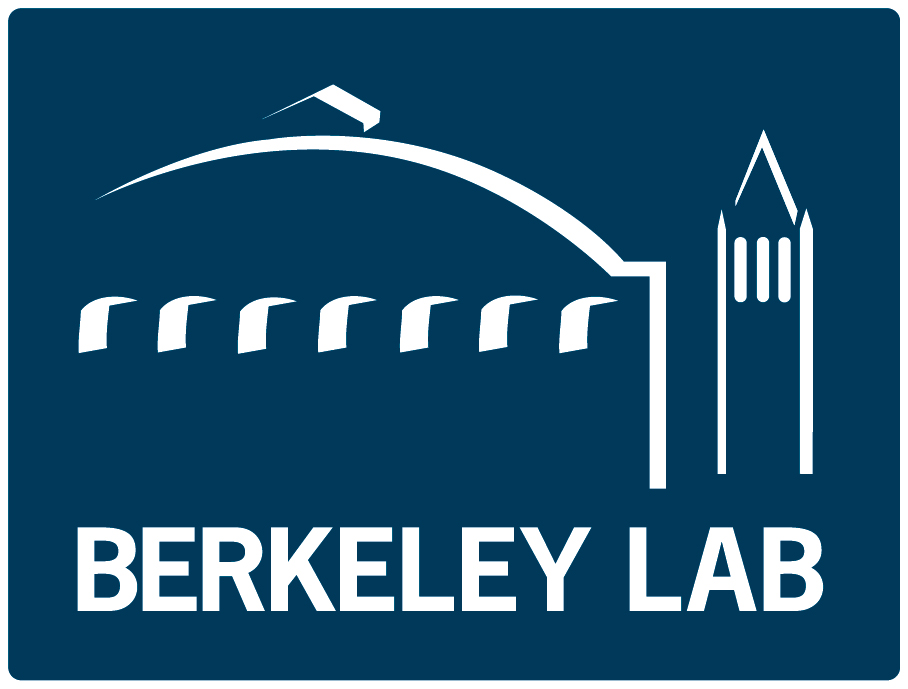APPLICATIONS OF TECHNOLOGY:
- Treatment of breast and other cancers
ADVANTAGES:
- Targets cancer cells only; does not damage normal cells
- Enhanced efficacy in the most aggressive breast tumors
- No known side effects
- Potential expansion to other solid tumor types
ABSTRACT:
Mina Bissell and colleagues at Berkeley Lab have identified and isolated several cytokines secreted by normal breast cells that kill breast cancer cells and reduce tumor volume without harming normal tissue or causing adverse side effects. The scientists purified the cytokines, tested their tumor killing activity, and placed the genes in expression vectors. Thus, either the cytokines themselves or the expression vectors could be used in the treatment of breast or other cancers.
Most existing cancer therapeutics are limited by their lack of specificity and their toxicity to normal cells, resulting in multiple adverse side effects. In addition, the efficacies of more specific therapeutics such as trastuzumab (Herceptin) have been limited by short half-lives and/or the development of drug-resistance in the tumor. The specificity and natural occurrence of these newly discovered cytokines may allow them to surpass such limitations.
The most active of the cytokines is IL-17E (the more common name for IL-25). In vitro experiments showed that the cytokines bound to a receptor, IL-17ER, that is highly expressed on tumor cells but almost absent on normal cells, resulting in effective destruction of the tumor cells by caspase-mediated apoptosis. In vivo experiments also demonstrated the efficacy of IL-17E. Human breast tumors xenografted into mice treated for 30 days with IL-17E grew more slowly, were three times smaller (p=.0016), and had far fewer dividing cells on histological analysis (p=.053) than did tumors treated only with the cytokine delivery vehicle (control). Moreover, IL-17E did not appear to cause any adverse side effects, as the animals treated intratumorily or intravenously at five times the effective dose showed no signs of stress, weight loss, or lethargy.
Using clinical samples, the scientists demonstrated that IL-17ER was expressed in 19% (13 out of 69) of breast tumors resected from patients, and that IL-17ER expression correlated strongly with poor prognosis and high mortality (p<.001). Encouragingly, upregulating IL-17ER receptor expression increased the efficacy of IL-17E treatment dependent cytotoxicity in the mouse model; thus IL-17E cytokine therapy promises to be effective even for those patients with a poor prognosis. Additionally, this therapy holds great promise for treatment of other cancers, such as melanoma and prostate, pancreatic, and renal cancers, which are known to also express the IL-17E receptor.
STATUS: Published US Patent Application US2013/0052157 available at www.uspto.gov. Available for licensing or collaborative research.
DEVELOPMENT STAGE: Proof of concept. Efficacy demonstrated both in vitro and in a mouse model.
FOR MORE INFORMATION:
Furuta, S., Jeng, Y.-M., Zhou, L., Huang, L., Kuhn, I., Bissell, M. J., Lee, W.-H. “IL25 Causes Apoptosis of IL25R-expressing Breast Cancer Cells Without Toxicity to Nonmalignant Cells,” Science Translational Medicine 3, 78ra31 (2011). Supplementary material.
SEE THESE OTHER BERKELEY LAB TECHNOLOGIES IN THIS FIELD:
ANXA9: A Therapeutic Target and Predictive Marker for Early Detection of Aggressive Breast Cancer, JIB-2371
SATB1: A Fundamental Prognostic Marker and Therapeutic Target for Metastatic Breast Cancer, IB-2186
REFERENCE NUMBER: JIB-2718
